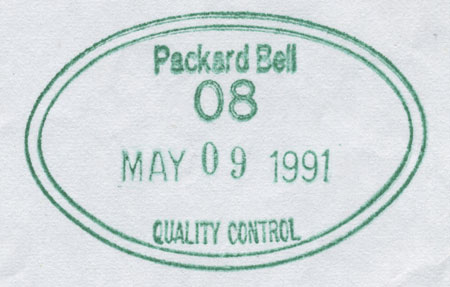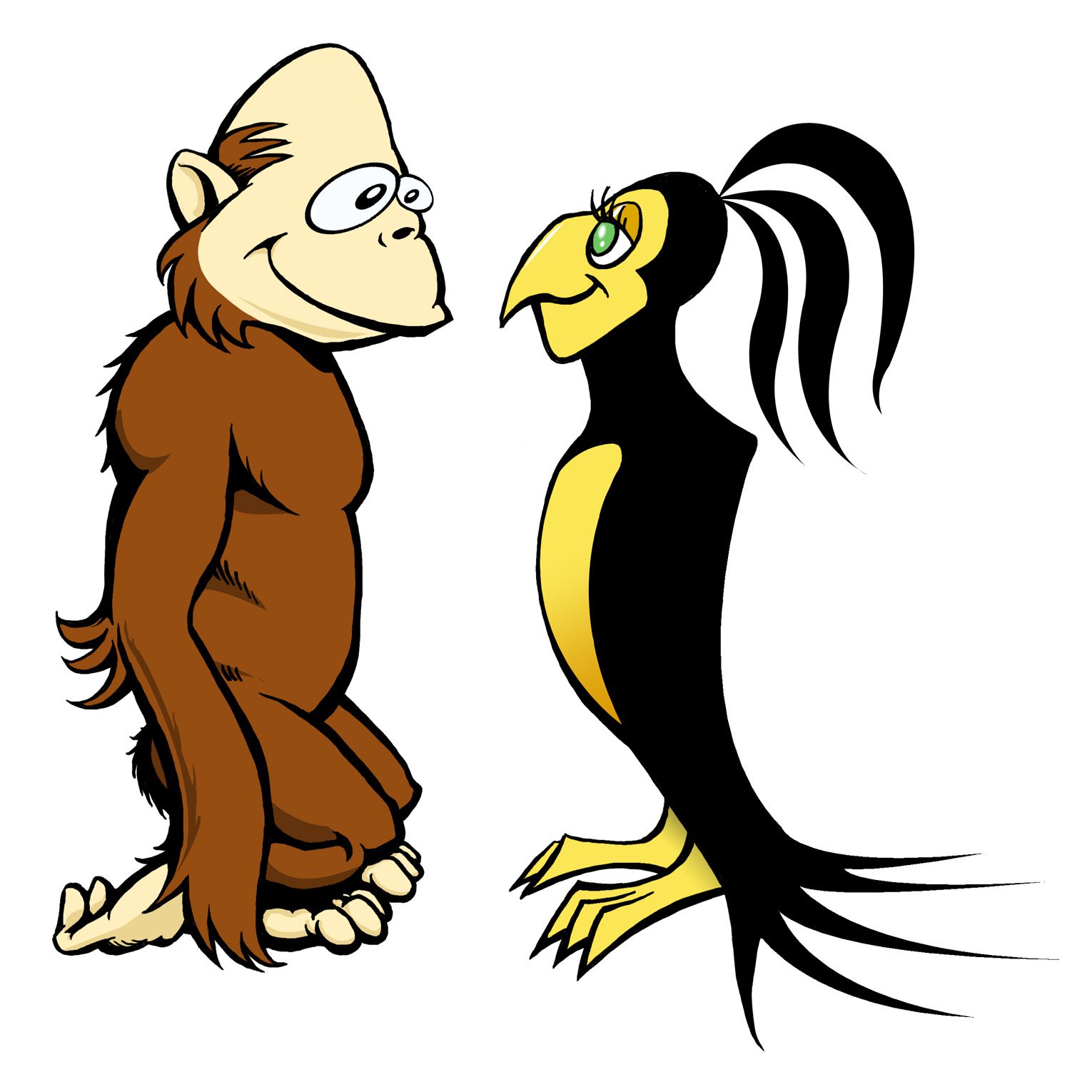Before you read this, head on over to CO2 Comics and read a follow-up of sorts to my article regarding the fabulous Raine Szramski. It’s a look inside of Raine’s studio and covers some of her technique. Read it HERE!
This article is a continuation of my look back at my digital roots. In my last article, I related my experiences with the Commodore 64 which was a terrific machine for games and word processing, but what about illustration? I thought there may be possibilities as far as a sketch tool, but I didn’t explore it much beyond that. How could you take cartoons that looked like they were built of Lego blocks seriously?
 Real life got in the way of my pondering the digital realm as I finished up school, got a job and moved into the big city. I pursued and got freelance cartooning work which was done traditionally which was the only way to do these things. Sure there was artwork being done on computers like the comicbook Shatter, but didn’t Macs cost a fortune? They weren’t really on the radar for me. (Don’t let the reduced size of this cover fool you. Shatter was ground-breaking and had a pretty good story, but if you seek it out, you’ll see it’s very much limited by 1984 technology. It’s kind of like the splash screen art on some of the Commodore 64 games.)
Real life got in the way of my pondering the digital realm as I finished up school, got a job and moved into the big city. I pursued and got freelance cartooning work which was done traditionally which was the only way to do these things. Sure there was artwork being done on computers like the comicbook Shatter, but didn’t Macs cost a fortune? They weren’t really on the radar for me. (Don’t let the reduced size of this cover fool you. Shatter was ground-breaking and had a pretty good story, but if you seek it out, you’ll see it’s very much limited by 1984 technology. It’s kind of like the splash screen art on some of the Commodore 64 games.)
It was the mid-80s, and I was operating a photostat camera while-you-wait at a busy center city art supply store. The Desktop Publishing revolution may have started in 1985 with the release of Apple ‘s Laserwriter, but it was still very much a cut-and-paste/board work world. Gallon containers of rubber cement flew off of the shelf and Pantone papers, Chartpak tape and Letraset press-type sold by the ton. I was busy all day shooting photostats and halftones of peoples’ art and boards that they would take to a printer or publisher to have pasted into some larger work. It was a constant flurry of activity and a lot of money changed hands.
Towards the end of the 80s, I noticed the digital revolution start to take hold. Most all of the runners for the big firms had vanished leaving only the freelancers who worked out of their apartments and guy’s who made bootleg concert tee-shirts waiting in line for stats. My camera work end of the business was drying up. I was also ordering graphics materials and each month the orders were shrinking. I was the master of a dying technology and a salesman for an expensive line of products that nobody needed any more. I was going to have to do something drastic or I would be obsolete along with my equipment.
In the Spring of 1991, I plunked down $2,000 for a Packard Bell 386/25. Sadly I don’t have pictures of it, and I had a tough time finding a picture of the right one on the internet. It had 1MB of RAM, expandable to 8MB; it had a 95MB hard-drive; it had a small monitor; It had no modem or mouse, and it would surely kill you if it was dropped on you from a tree.
Why a PC and not a Mac? The Mac of choice at that time for doing Graphic Design was a Mac IIci. It listed for $6,700.
My roommate had bought a used IIci at around the same time as I bought my PC so I got to look at life from both sides. He didn’t pay $6,700 for his, but he probably paid more than the price of my PC. I thought it was a needless amount of money to pay for a brand and a fancy Graphics User Interface. I congratulated myself on my thrift; bought a mouse from Egghead Software, and threw myself at Windows 3.1 and CorelDraw.
I slogged through the CorelDraw manual, painstakingly working on the tutorials where you first manipulate simple vector shapes and eventually build a house using what you learn from the shapes. It was boring, but between the PC and the Mac, I was learning a whole new jargon and the difference between a TIFF, a JPEG and an EPS. I didn’t think of these machines in terms of illustration as I did with my experiments with the Commodore 64. They were graphic design tools with an endless supply of type in all sizes. Press type, typesetters and those ridiculously huge typositors that we learned how to use at PCA were obsolete and Good Riddance!
What sealed the deal for me making my $2,000 dollar toy a real tool was when I used it on a freelance job. I mainly did cartoons, but I wouldn’t turn my nose up at other illustrative jobs. One of the area’s teaching hospitals was putting together a manual for home infusion therapy. There were a lot of gadgets and devices that needed to be drawn. Needing the money, I took the fairly dry job, and was preparing to draft it with T-squares, triangles, templates and a compass when I thought of doing it in CorelDraw. It was all lines and curves that I could set up more precisely on the PC than by hand so why not? I gave it a try.
By golly, it worked! Corrections were easy and the client loved what they got. I saved the images as EPS files and handed them to my roommate who placed them in a Pagemaker layout. Wow! My computer started to earn its keep!
There are a lot more of these mechanical drawings which I won’t bore you with, but it made the computer real for me. It wasn’t a toy any more like the Commodore. At this point, I couldn’t see it as an illustration tool, but it was great for logos and type that I could paste into my hand drawn work. Chasing down the fully illustrative side of computers would come to me a little later in the decade.







